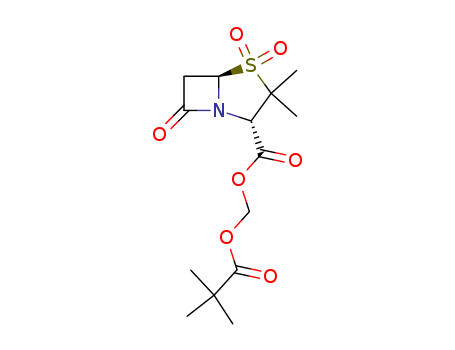| |
| Clindamycin hydrochloride Chemical Properties |
|
| |
| Clindamycin hydrochloride Usage And Synthesis |
| Overview |
Clindamycin [7-chloro-lincomycin] is a semisynthetic derivative of lincomycin and was introduced in the 1960s as an antibiotic. It is available as clindamycin hydrochloride for oral administration in capsules, as clindamycin phosphate for intramuscular or intravenous injection, and as clindamycin palmitate for oral suspensions[3-5]. In vitro, its spectrum of activity includes staphylococci, streptococci and pneumococci, most anaerobic bacteria [including over 90% of Bacteroides fragilis], Chlamydia trachomatis and certain protozoa. Like penicillin, it has activity against group A and B streptococci, microaerophilic streptococci and most Streptococcus pneumoniae. It does not, however, have activity against the enterococci [3-5]. Like cloxacillin and the cephalosporins, clindamycin possesses activity against Staphylococcus aureus. It has broader anaerobic coverage than most cephalosporins, but has virtually no activity against aerobic Gram-negative bacteria[3, 4]. With its excellent activity against both Gram-positive cocci and Gram-positive or-negative anaerobes, clindamycin has a role in the treatment of head and neck, respiratory, bone and soft tissue, abdominal, and pelvic infections[1-5].

Figure 1 The chemical structure of the clindamycin hydrochloride |
|
|


 Diamondsupplier
Diamondsupplier 




